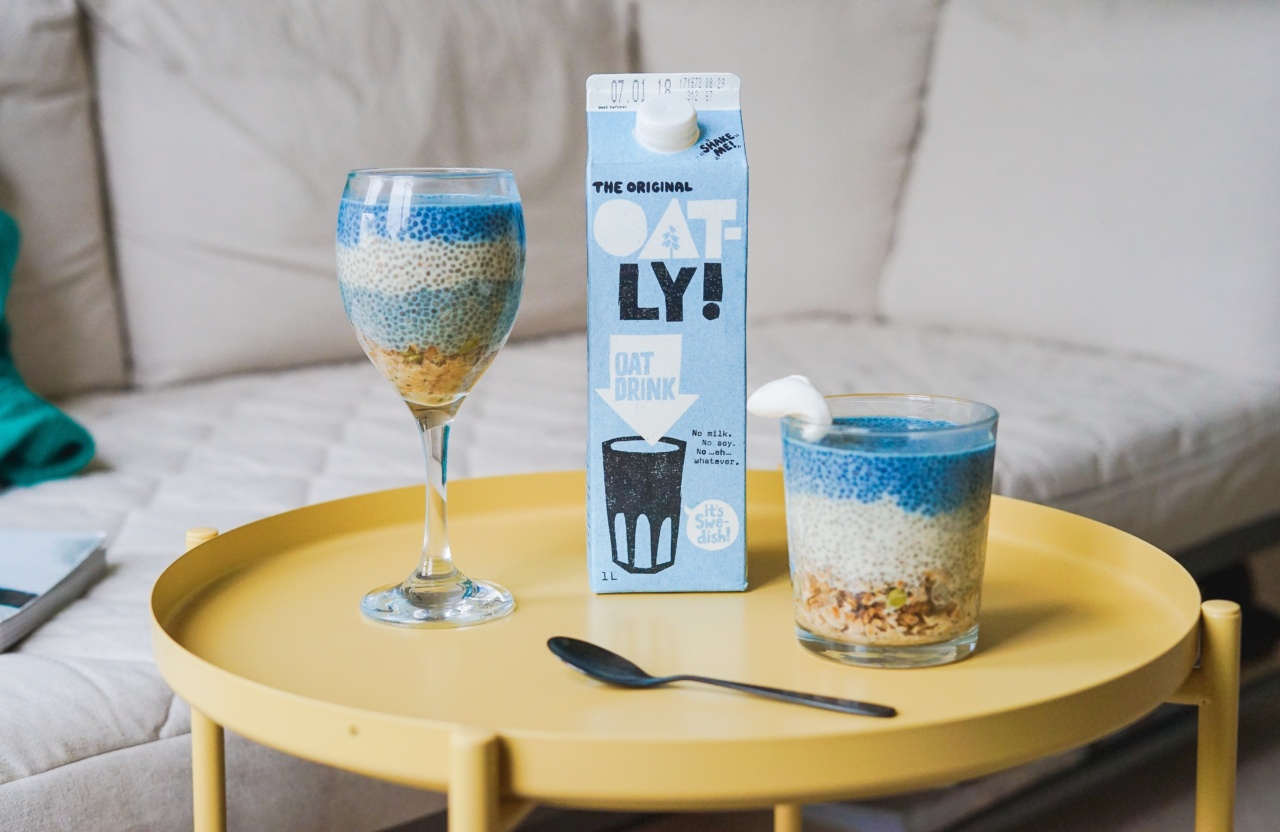It is a commonly known fact that maintaining a healthy diet and controlling hunger pangs can be a challenging endeavor. However, recent studies have suggested that incorporating oily foods into one’s diet can actually help in suppressing hunger.
This surprising revelation has piqued the curiosity of numerous researchers and health enthusiasts, leading to further exploration of the topic. In this article, we will delve into the fascinating concept of using an oily diet as an effective hunger blocker, with a focus on the key factor of alternating intake.
The Science Behind Hunger
Before delving into the specifics of an oily diet as a hunger blocker, it is crucial to understand the science behind hunger itself. Hunger, essentially, is the body’s way of signaling the brain that it requires sustenance to function optimally.
This signaling process is regulated by various hormones, including ghrelin and leptin, which play a significant role in appetite control.
Ghrelin, often referred to as the “hunger hormone,” is primarily responsible for increasing appetite and driving hunger. It is released by the stomach when it is empty and sends signals to the brain, urging the individual to consume food.
On the other hand, leptin, known as the “satiety hormone,” works to suppress hunger and control energy balance. It is released by fat cells and signals the brain when the body has had enough to eat.
The Role of Oily Foods in Hunger Suppression
Contrary to popular belief, not all fats are detrimental to our health. In fact, certain types of fats can prove to be beneficial, particularly when it comes to hunger suppression. This is where oily foods come into play.
Oily foods, such as avocados, nuts, and olive oil, are rich in monounsaturated and polyunsaturated fats.
When consumed in moderation, these healthy fats can help in prolonging the feeling of fullness and reducing appetite. They stimulate the release of satiety hormones, like leptin, and control the levels of hunger-inducing hormones like ghrelin.
As a result, individuals who include oily foods in their diet may experience reduced cravings and a decreased urge to overeat.
The Alternating Intake Method
While the idea of incorporating oily foods into the diet as a hunger blocker is intriguing, it is important to note that moderation and balance are key.
Simply consuming excessive amounts of oily foods can lead to weight gain and other adverse health effects. Therefore, the alternating intake method offers a practical solution.
The alternating intake method involves incorporating oily foods into the diet on a rotational basis. Rather than consuming them regularly or omitting them entirely, individuals can optimize their hunger-blocking benefits through a strategic approach.
By alternating between days or meals where oily foods are included and days or meals where they are not, individuals can strike a balance that helps in appetite control.
Recipes and Meal Ideas
Implementing the alternating intake method effectively requires careful meal planning and the incorporation of diverse and nutritious oily food options. Below are a few ideas for meals and recipes that can be utilized:.
Breakfast:
1. Avocado Toast: Whole grain toast topped with mashed avocado, a sprinkle of sea salt, and a drizzle of olive oil.
2. Nut Butter Smoothie: A delicious blend of mixed berries, banana, almond butter, spinach, and unsweetened almond milk.
Lunch:
1. Salmon Salad: Fresh mixed greens topped with grilled salmon, cherry tomatoes, cucumbers, and a drizzle of balsamic vinaigrette.
2. Quinoa and Avocado Bowl: Cooked quinoa mixed with diced avocado, black beans, corn, cherry tomatoes, and a squeeze of lime juice.
Dinner:
1. Grilled Chicken with Roasted Vegetables: Grilled chicken breast served with a side of roasted broccoli, cauliflower, and carrots seasoned with olive oil and herbs.
2. Stir-Fried Tofu and Veggies: Cubed tofu stir-fried with an assortment of colorful vegetables in sesame oil and soy sauce.
Snacks:
1. Almond and Cashew Mix: A handful of almonds and cashews for a satisfying and nutritious snack between meals.
2. Greek Yogurt with Nuts and Berries: Plain Greek yogurt topped with chopped nuts and a handful of fresh berries.
Conclusion
While an oily diet may not be suitable for everyone, incorporating healthy fats into one’s eating plan can have significant effects on hunger suppression. The key lies in the strategic use of oily foods with the alternating intake method.
By choosing nutritious, oily options and effectively planning meals, individuals can harness the hunger-blocking benefits of an oily diet, leading to better appetite control and overall well-being.






























